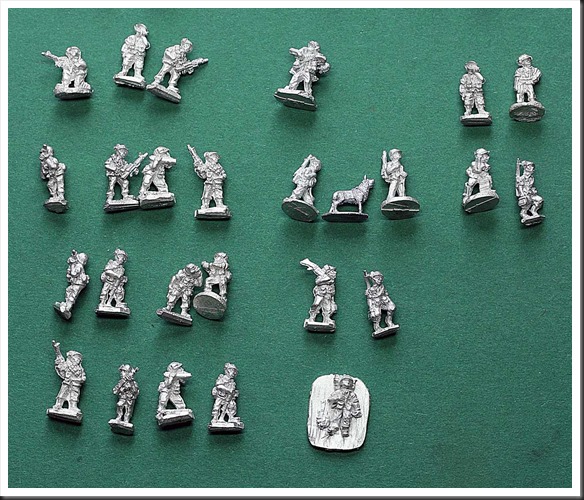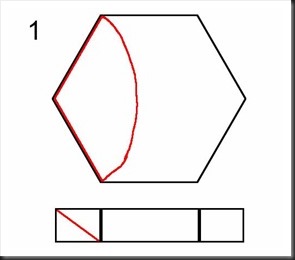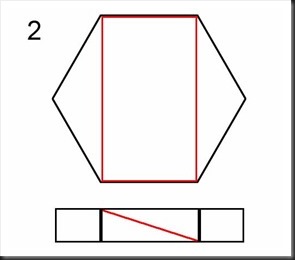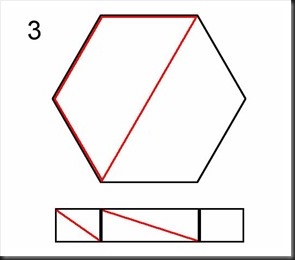Pheew… almost three months after opening it for the first time, I am happy to report that I am done with first batch of minis for Vietnam project. Three months to paint a little more than 30 15mm minis, that must be something of a record… and they’re not even properly based yet (that’s why there are no pictures of them here).
Anyway… immediately after placing finishing brush strokes on the last figure in the initial batch, I rushed to pick up the US HQ blister and check out its content. Sadly, I have to say that it didn’t take long for my enthusiasm to transform into a mix of disappointment and bewilderment.
There is a grand total of 33 miniatures in US HQ blister. Over half of them are “repeats” from the Platoon blister – with few exceptions, sculpts of the officers, NCO-s, riflemen, guys equipped with Thumper and LAW are the same as those in the Platoon blister. A slight let down, but understandable from economical perspective. The fact that they are there actually made me quite happy – together with the content of Platoon they will now allow me to field a complete company of 3 x 3 bases with four figures on each base.
Additional M60 gunner (different sculpt than the two gunners in Platoon blister) is also a welcome reinforcement to my heavy weapon platoon. Last, but not least, I very much appreciated the inclusion of two man scout/sniper team.
Over to the bewilderment and consternation part of this quick review. It was mainly caused by some rather peculiar choices in selection of the remainder of this blister. Let’s start with the fact that there is a grand total of five figures chatting over the radio – there is already a bunch of similar figures in the Platoon blister, so why include so many RTO-s in this one?
Even more mysterious is the choice of having two dog handlers… and a single dog. Finally, the decision to include two ammo carriers in particularly odd – as already mentioned, there is only single M60 gunner in this blister. The mystery grows when one remembers that the Platoon blister contained two gunners and a single ammo carrier. (???)
Two medic minis included in this set is sensible. The fact that one of them is carrying a wounded buddy over his back isn’t. This particular figure will be fun to paint and will probably make a very nice “one off” vignette, but on the tabletop it will be of limited use. Also (sorry if I’m sounding petty), sculptor’s decision to burden this guy with a belt of M60 ammo while he’s in the process of carrying his buddy to safety made me rise an eyebrow.
The disappointment part is mainly caused by what’s not included in this blister. First and foremost – it’s a HQ blister, where are the guys with binoculars? I know, it’s such a cliché pose, but couple of guys doing some recon would be a nice variation on RTO theme. Second obvious omission – what about the 60mm mortar team? It was used frequently in the field and would be far more useful than a dog handler without a dog.
Final conclusion – in combination with Platoon blister, the HQ pack will provide enough figures for a complete company and support. But its content could have been better thought out and leaves me wishing for more.



